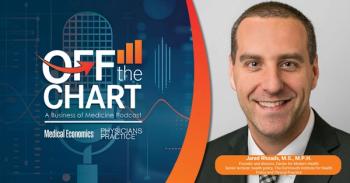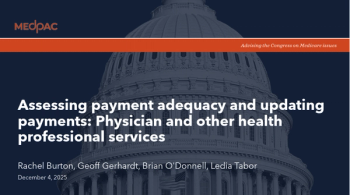
7 tips to rebuild primary care
As primary care practices try to survive the COVID-19 pandemic, one wonders whether the market will ever be the same.
As primary care practices try to survive the COVID-19 pandemic, one wonders whether the market will ever be the same.
Primary care had already been diminishing before the pandemic began and without systemic action that dwindling will continue. A new report a new report from the Committee on Implementing High-Quality Primary Care titled
Other recommendations include:
Newsletter
Stay informed and empowered with Medical Economics enewsletter, delivering expert insights, financial strategies, practice management tips and technology trends — tailored for today’s physicians.















